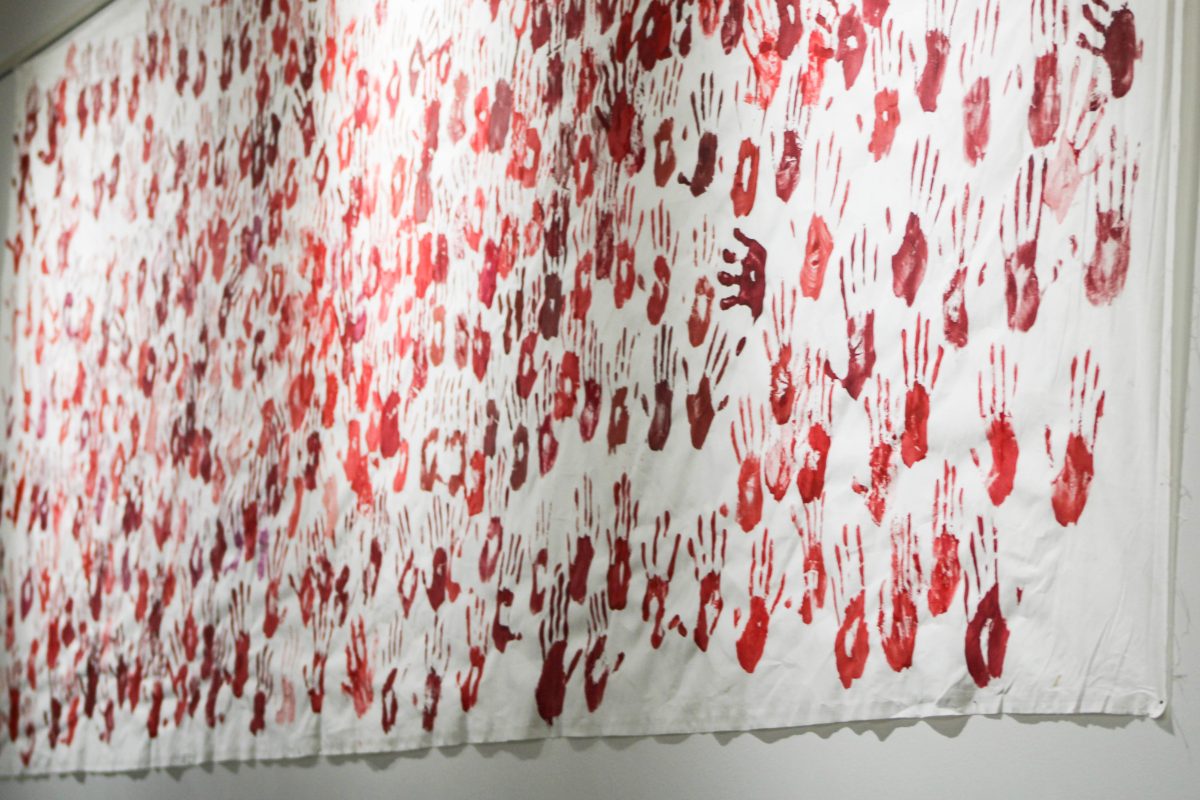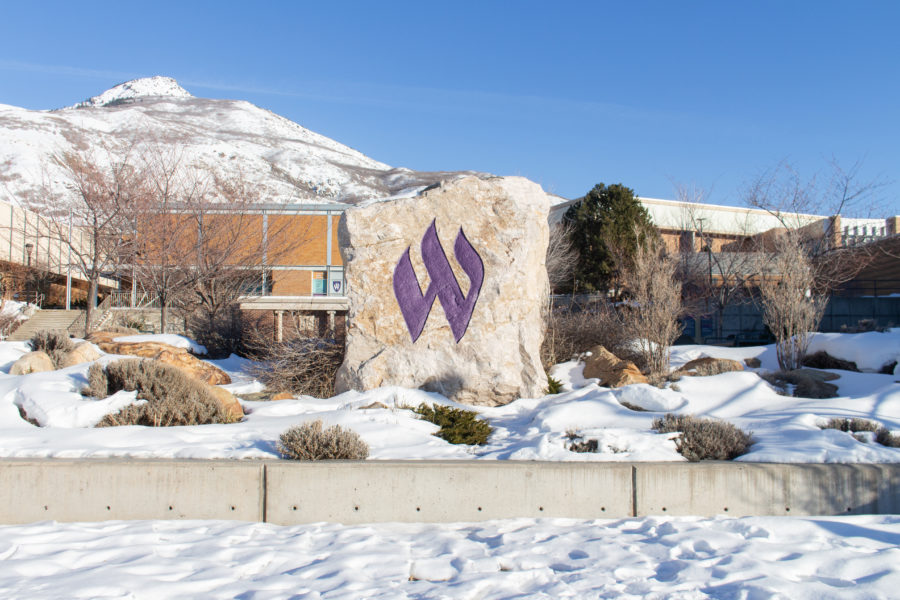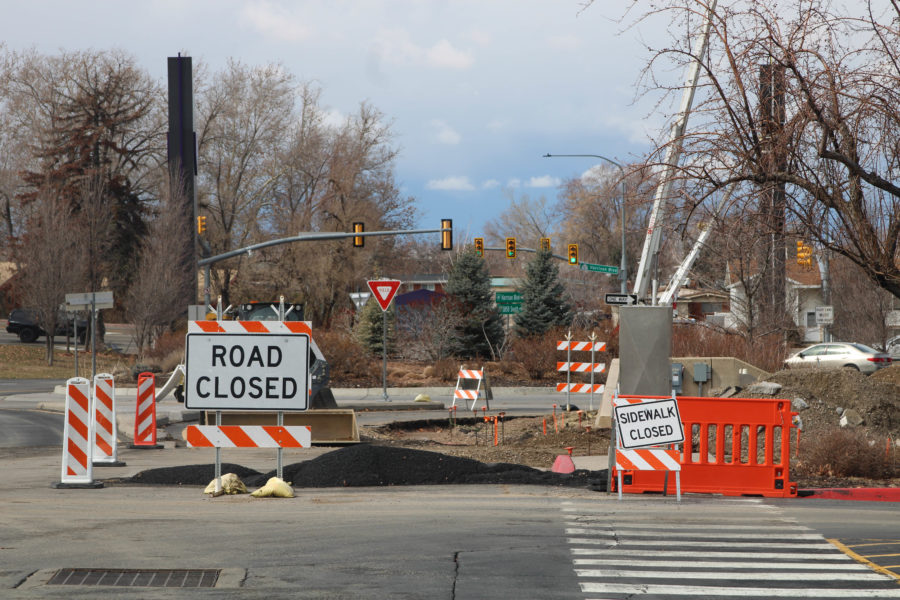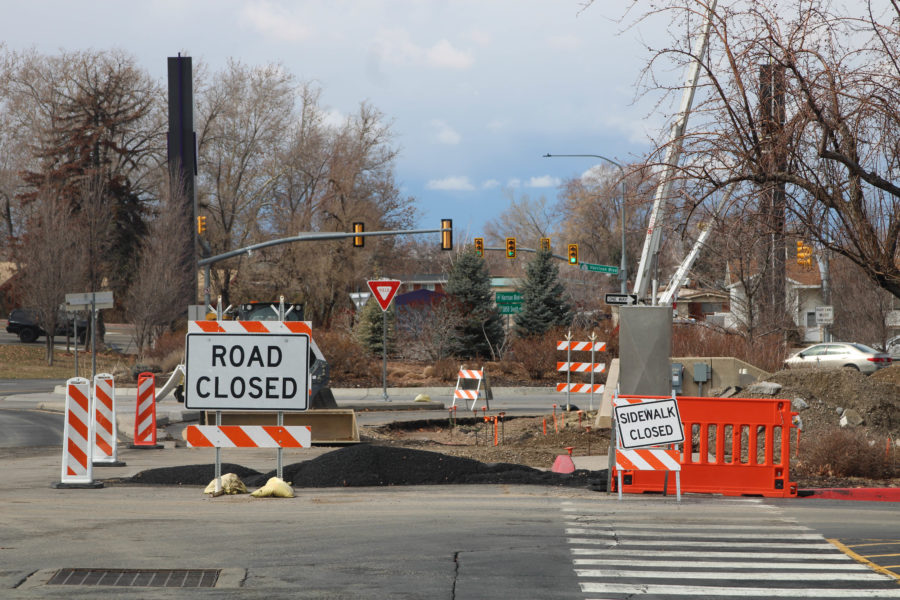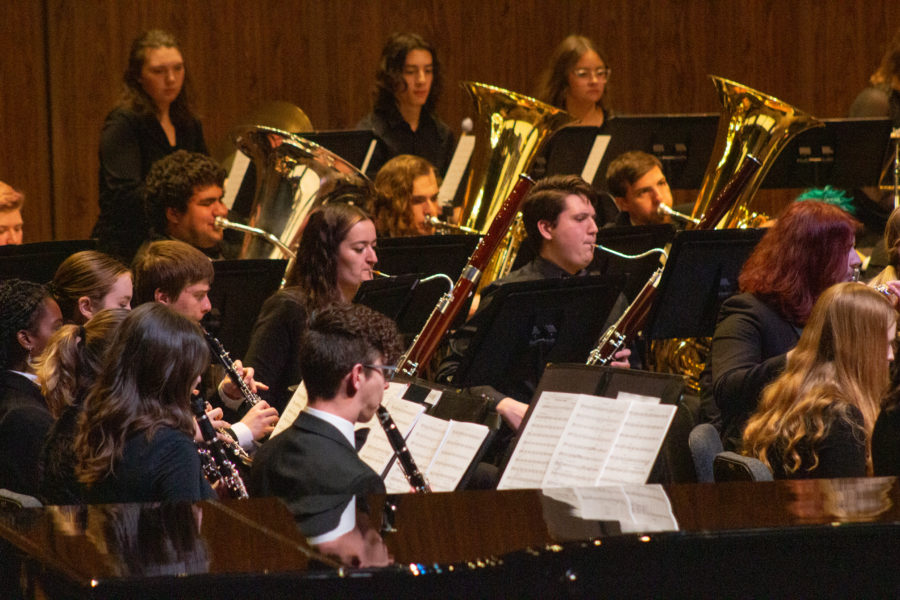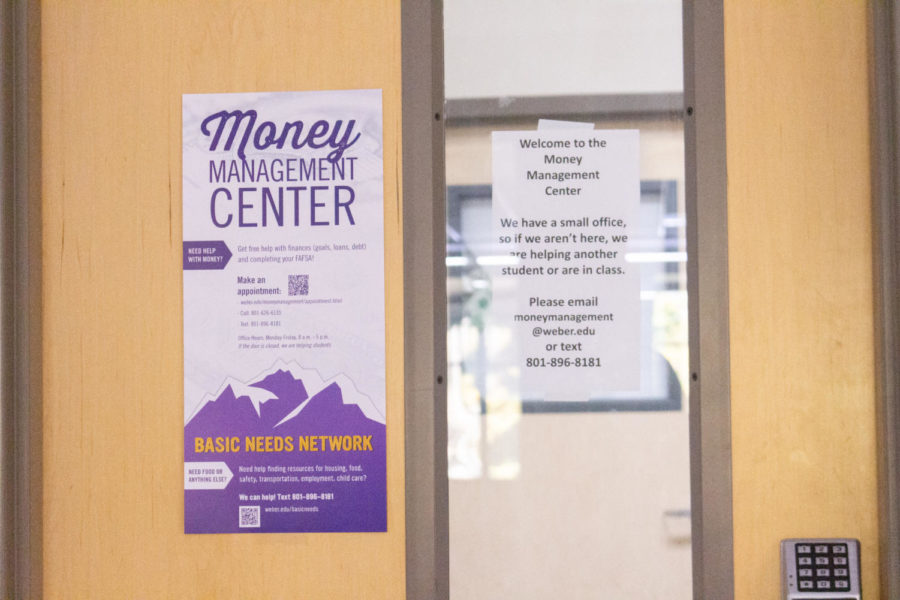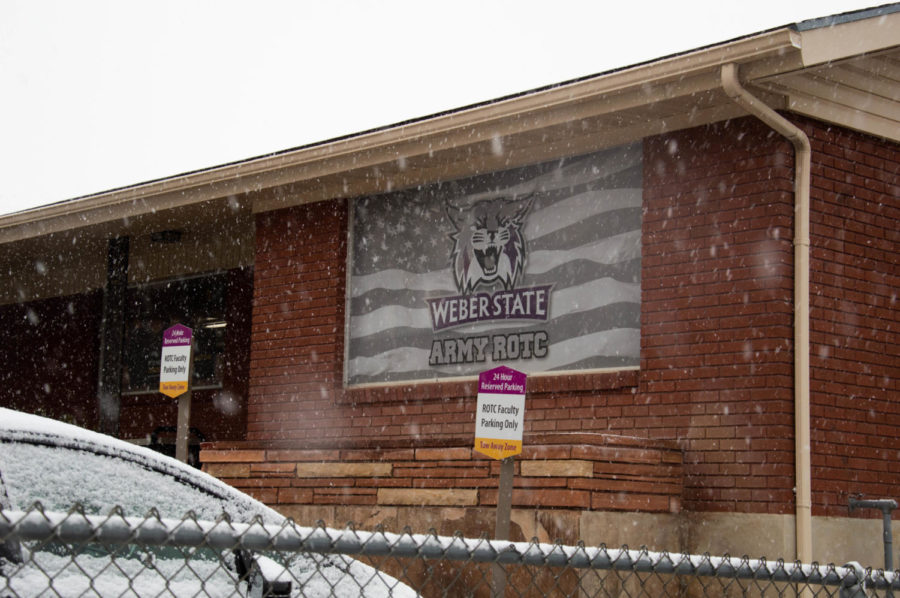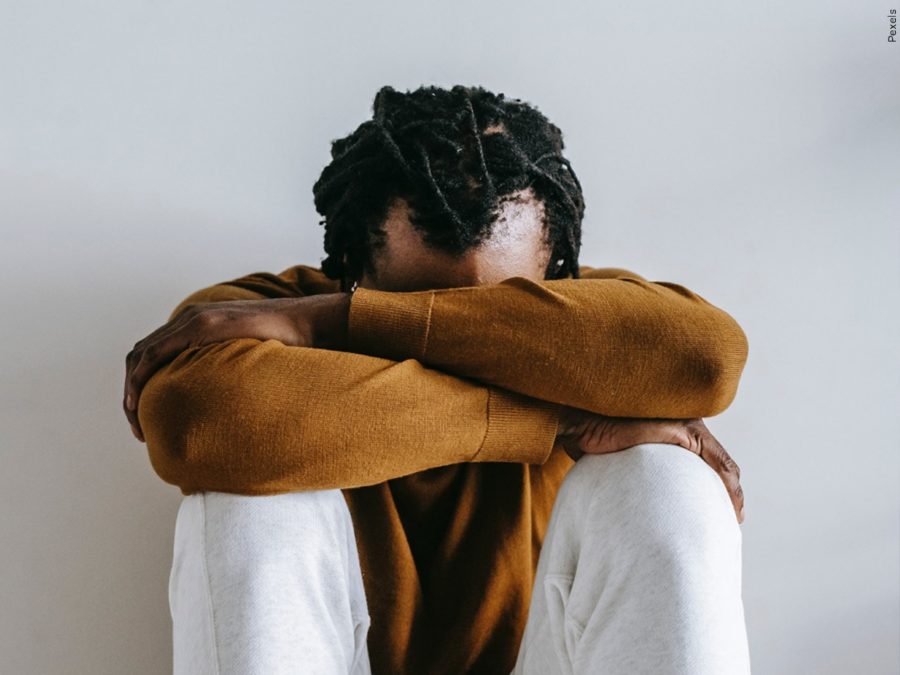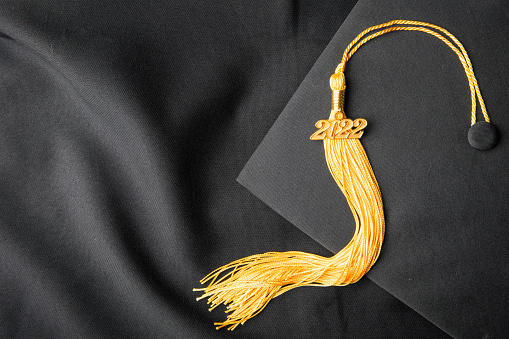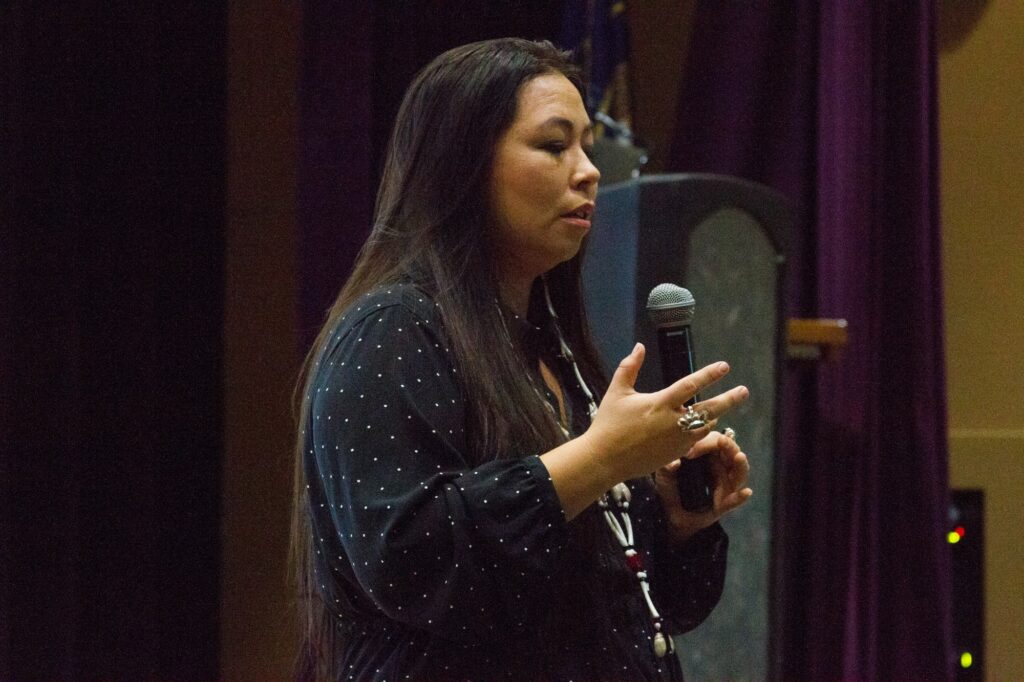
The keynote speaker of Weber State University’s 13th annual Native Symposium, Matika Wilbur, challenged Native American stereotypes through narrative photography Nov. 8 in the Wildcat Theater.
Wilbur is a visual storyteller and creator of Project 562. She has spent the past five years traveling and photographing to showcase over 562 federally recognized tribes in the U.S. to change the way the public sees Native America.
Wilbur began her keynote “Ellen style” by asking attendees to dance along to Canadian electronic music group A Tribe Called Red. Wilbur said she wanted to start differently because Ogden was the sixth city she had been to in the last week, and she believed dancing was a great way to welcome someone into the room.
Before starting Project 562, Wilbur was a teacher on a reservation. She was asked to create a curriculum that represented a wide majority of tribes, using photographs solely taken from within the community.
“When I started trying to pull together the curriculum, I could only come up with enough content to fill three months of comprehensive curriculum,” Wilbur said.
She went back to the leadership of her community and told them she could not find enough images made by her own people. The leadership told Wilbur someone should make a textbook that represents all the tribes in the U.S.
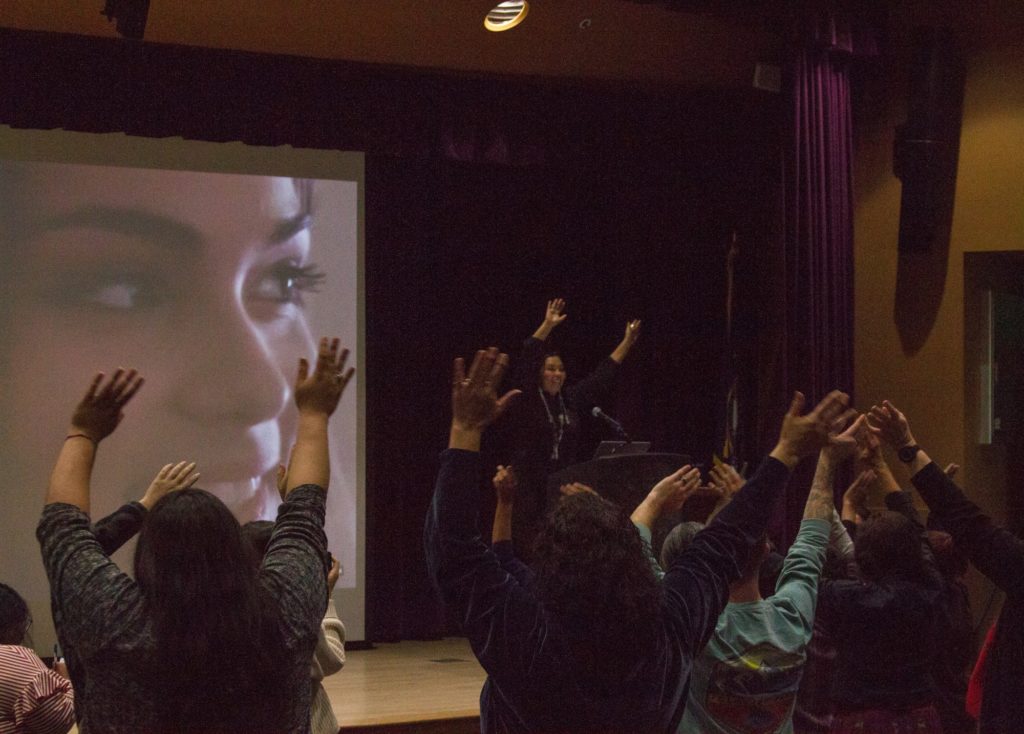
“We’re still doing this thing where we teach third graders all of the states and their capitals, but not all of the indigenous territories,” Wilbur said. “In a couple of weeks we’ll celebrate Thanksgiving, and we’ll reiterate a false narrative of Indians welcoming pilgrims. As though Indian people were like ‘You know what? I think I want you to take all our land. Here, come eat at my table.’”
Wilbur calls this “American historical amnesia,” saying that this retelling of history creates a false reality and narrative for children.
Wilbur taught for four years. She said it was during this time that she realized she could not continue showing her students images or telling them stories that did not represent them.
“If I kept showing them images where they don’t belong, where they don’t see themselves and tell them stories where they don’t recognize themselves,” Wilbur said. “I’m going to continue to perpetuate a reality that they don’t feel safe in. And so I decided I had to hit the road.”
Wilbur set out to capture what a contemporary indigenous identity looks like today. She asked people she photographed what it meant to be Native American. John Trudell, a Native American political activist, poet and musician changed the question she asked.
Trudell told Wilbur to ask people “How (do) we become human beings?” Wilbur asked this question moving forward, and responses changed. People began to tell her their original understandings of themselves. People defined themselves as the people of the blue-green water or the people of the tall pine trees and other land-based identities.
This is why, Wilbur explains, Native American people are typically at the forefront of environmental protection movements. It’s not merely environmental to them but an effort to maintain their original understanding of themselves.
Wilbur told stories of her time with the Standing Rock Sioux tribe, protesting against the Dakota Access Pipeline. She had never seen civil disobedience before or had participated in protest. She was supposed to be there only three days but wound up staying for six months.
Despite the uproar Standing Rock made during this time, the only coverage Wilbur saw of Native American people in mass media was when the Cleveland Indians were in the World Series. People “dressed up” as Native Americans were on television while actual Native Americans were protecting their primary water source.
Rosa Rodriguez, WSU sophomore and history major, attended the keynote to further her understanding of Native American culture.
“Not understanding one another is really what has defined America. That’s why we have so many issues now,” Rodriguez said.
Anahi Silva, WSU sophomore, said attending events like Wilbur’s keynote makes her realize how much she does not know about other cultures.
Both Rodriguez and Silva said understanding different cultures and avidly including people from various backgrounds is essential. Looking to the future, they recognize some of their classmates will be the leaders of the U.S. and events like the Wilbur keynote will strengthen their knowledge and possibly help them lead a more inclusive country.



